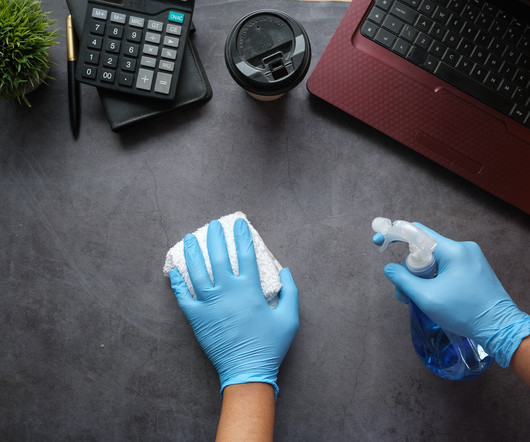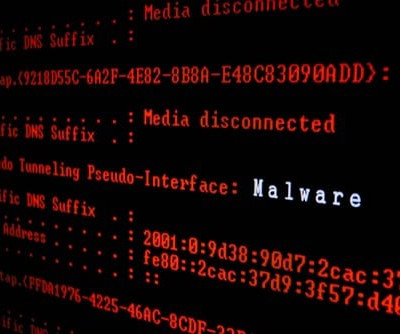Hygiene does not only protect you against physical viruses
Dataconomy
JUNE 27, 2023
Protecting against external threats Cyber hygiene acts as a shield against external threats that aim to compromise the security of your devices and networks. Enable two-factor authentication Two-factor authentication adds an extra layer of security to your accounts. Stick to trusted and secure devices whenever possible.


















Let's personalize your content